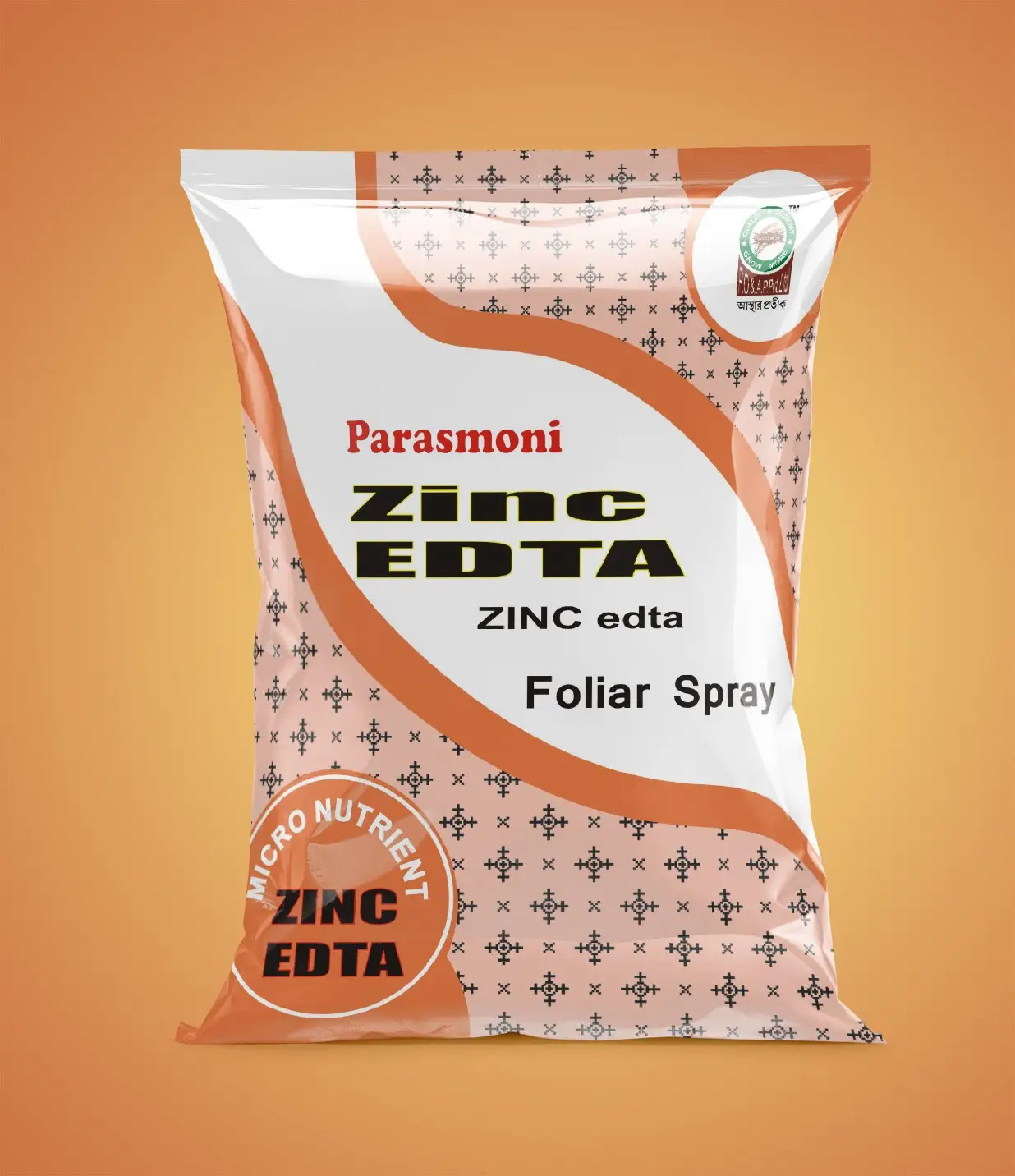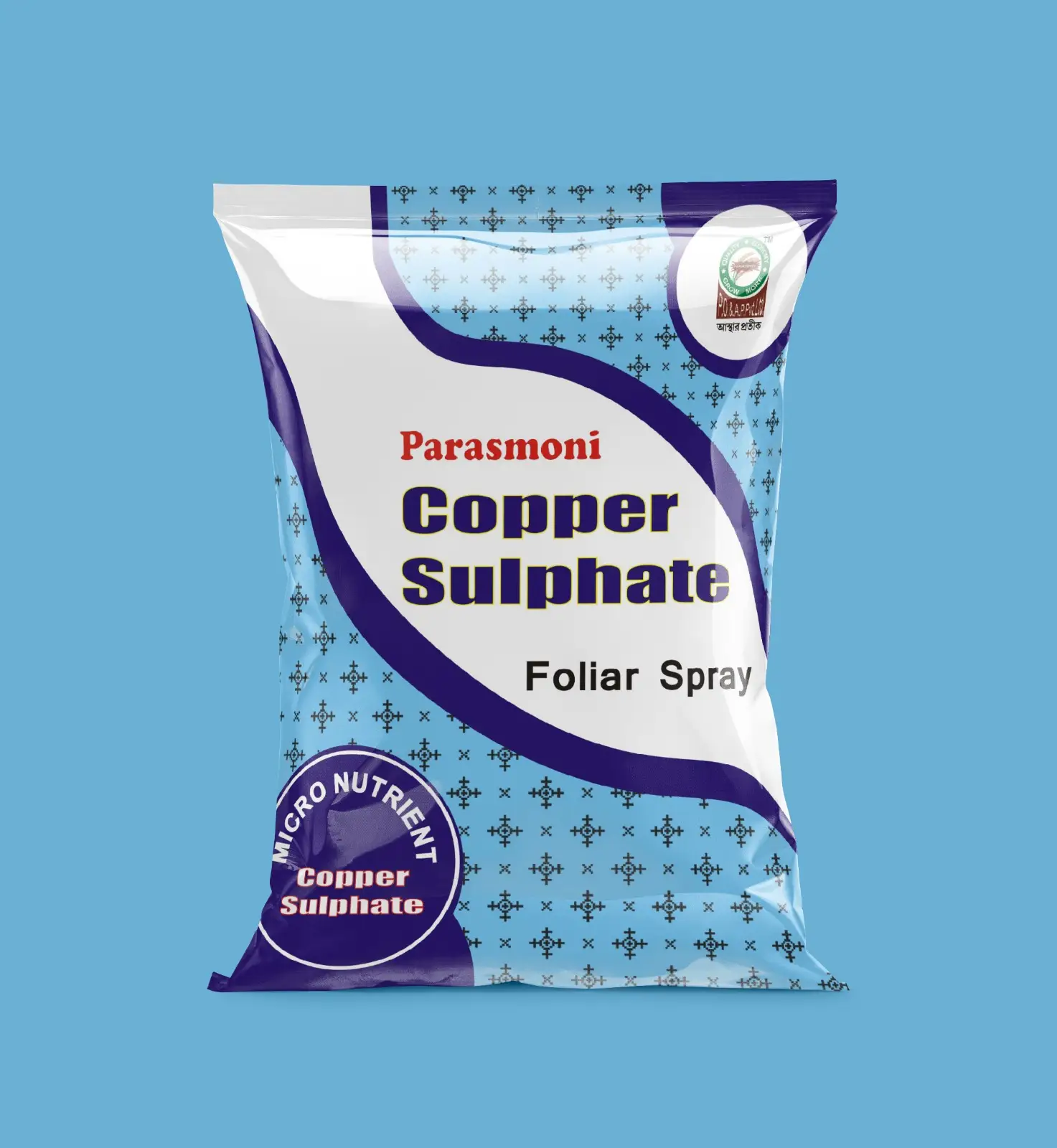Zinc EDTA Micronutrient in Crop Growth
Introduction:
Zinc EDTA (Ethylenediaminetetraacetic acid) is a chelated form of zinc, widely used as a micronutrient in agriculture to promote the healthy growth and development of crops. The chemical structure of Zinc EDTA is represented by the formula C₁₀H₁₂N₂O₈ZnNa₂·xH₂O, where zinc (Zn) is complexed with the EDTA molecule, making it more stable and readily available for plant uptake.
Importance of Zinc in Crop Growth:
Zinc is an essential micronutrient for plants, crucial for several physiological processes. It plays a key role in enzyme activation, protein synthesis, and the production of growth hormones like auxins, which regulate cell elongation and division. Zinc is also vital for chlorophyll production and photosynthesis, which are essential for energy conversion in plants.
Zinc Deficiency in Crops:
Zinc deficiency can cause severe growth problems in crops, such as:
- Chlorosis: Yellowing of the leaves, particularly in young plants.
- Stunted Growth: Reduced growth and dwarfism due to impaired cell division.
- Poor Root Development: Weak and poorly developed root systems.
- Reduced Yield: Lower crop productivity and quality.
Zinc deficiency is more common in alkaline soils, sandy soils, and soils with high phosphorus levels. It is also prevalent in areas with low organic matter content.
Zinc EDTA as a Micronutrient Fertilizer:
The zinc ion binds to the edta molecule in zinc edta micronutrient, which is a chelated form of zinc. This chelation process protects zinc from interacting with other elements in the soil, which could make it less available to plants. The chelated form of zinc ensures that it remains soluble and easily absorbed by the plant roots, even in soils with challenging pH levels.
Application and Benefits of Zinc EDTA Micronutrient:
Various ways can apply zinc edta to ensure efficient uptake by plants.
- Soil Application: Incorporated into the soil or used as a top dressing. The chelated zinc remains available to plants even in alkaline soils, where non-chelated zinc might be less effective.
- Foliar Application: Applied directly to the leaves, where it is quickly absorbed and translocated to different parts of the plant. Foliar feeding is particularly effective for correcting zinc deficiency rapidly.
- Fertigation: Used in irrigation systems, providing a consistent supply of zinc to the plants as they grow.
Benefits of Zinc EDTA in Agriculture:
- Enhanced Bioavailability: The chelation process increases the availability of zinc to plants, leading to better absorption and utilization.
- Improved Crop Yield: Adequate zinc nutrition results in higher yields and better crop quality.
- Correction of Zinc Deficiency: Zinc EDTA is highly effective in preventing and correcting zinc deficiency in crops, ensuring optimal growth.
- Compatibility with Other Nutrients: Zinc EDTA is compatible with many fertilizers and can be used in combination with other nutrients without causing precipitation or reducing effectiveness.
- Sustainable Farming: By ensuring efficient zinc uptake, Zinc EDTA contributes to more sustainable agricultural practices, reducing the need for excessive fertilizer application.
Conclusion:
Zinc EDTA is a highly effective micronutrient fertilizer that, in addition, plays a critical role in enhancing the growth, yield, and, furthermore, the overall health of crops. Its chelated form ensures that zinc remains available to plants even in challenging soil conditions, making it a valuable tool for farmers aiming to maximize crop productivity and quality. Regular use of Zinc EDTA in agriculture helps to prevent zinc deficiency, ensuring healthy and vigorous plant growth.














